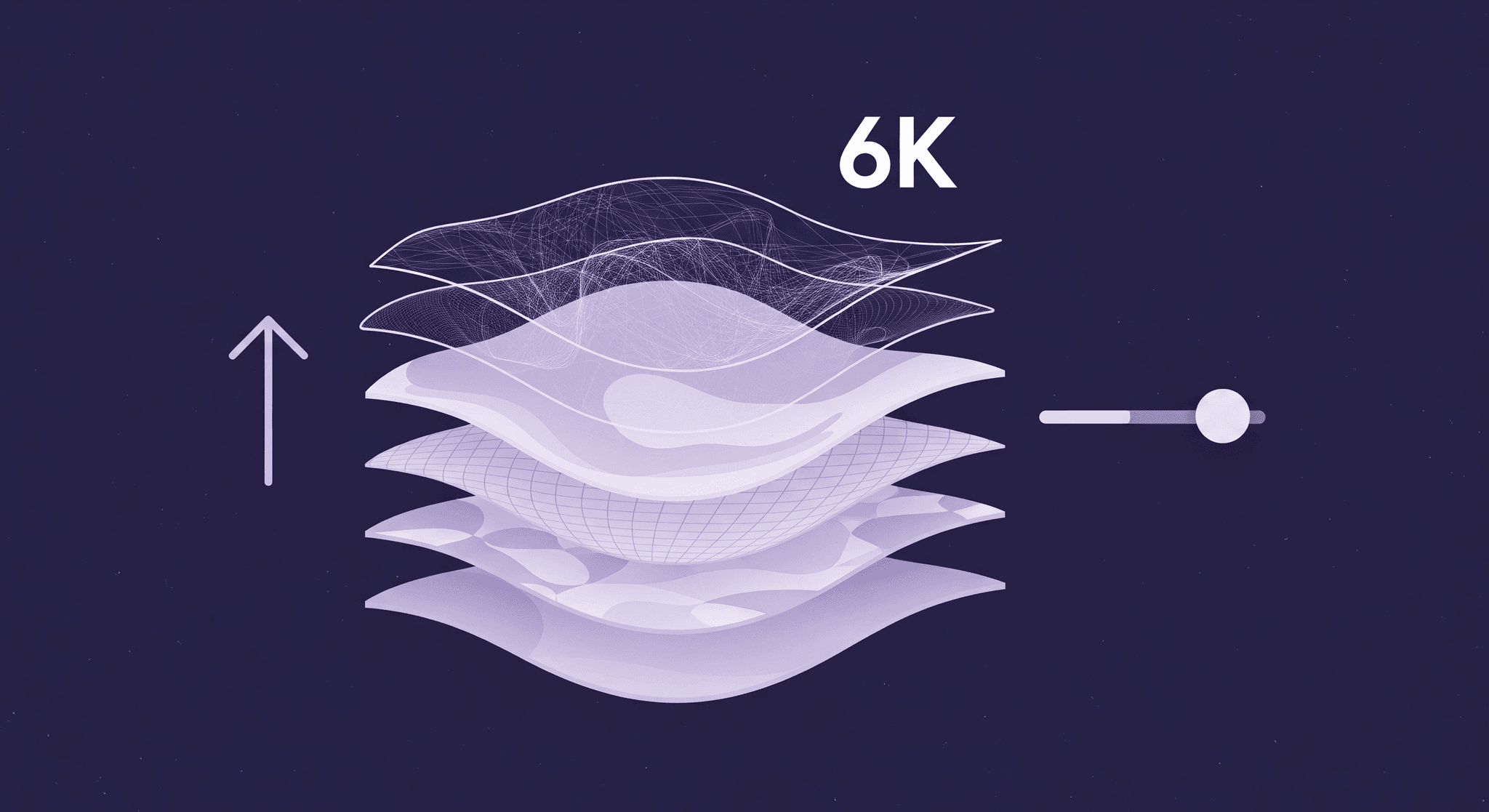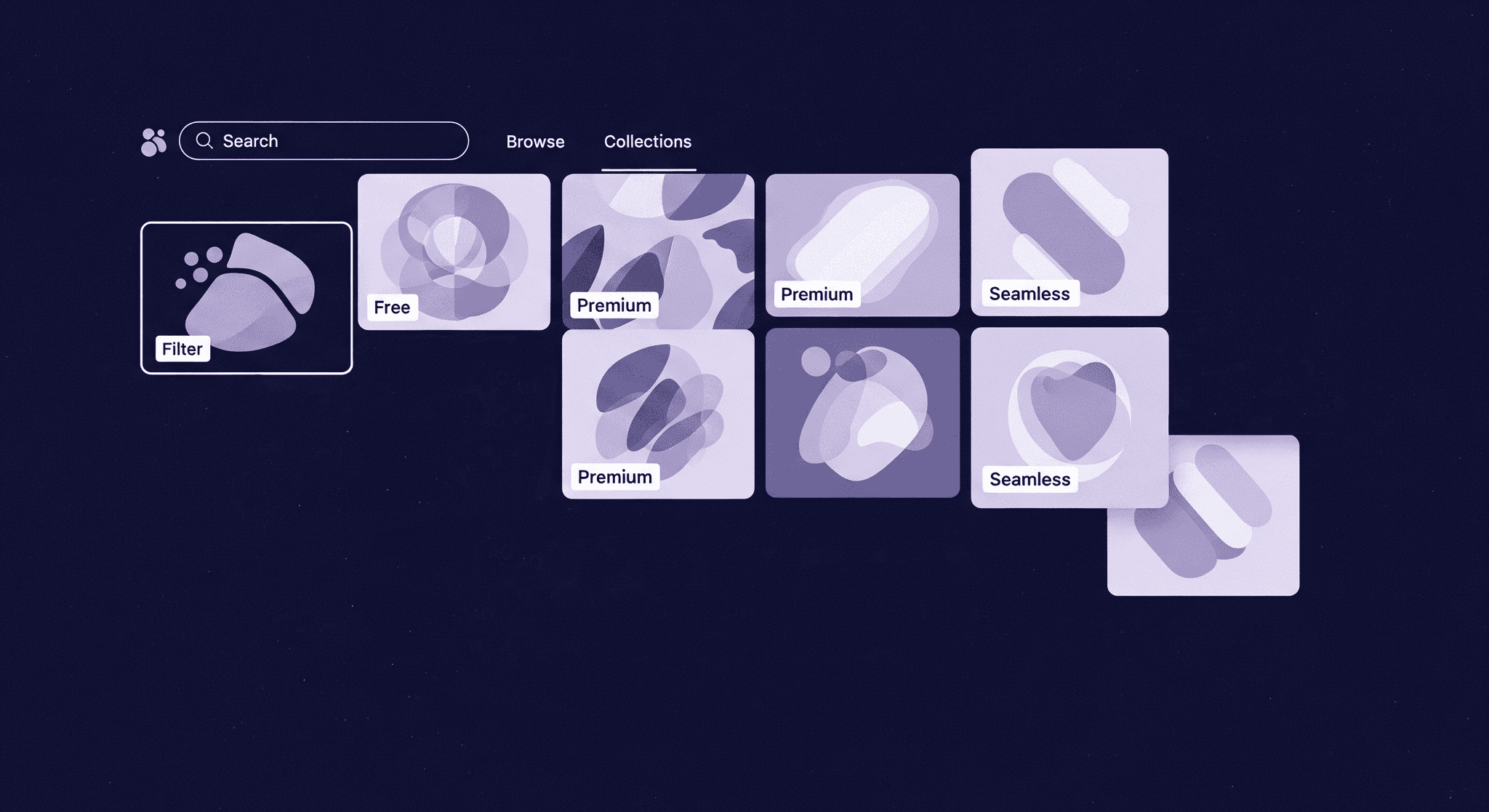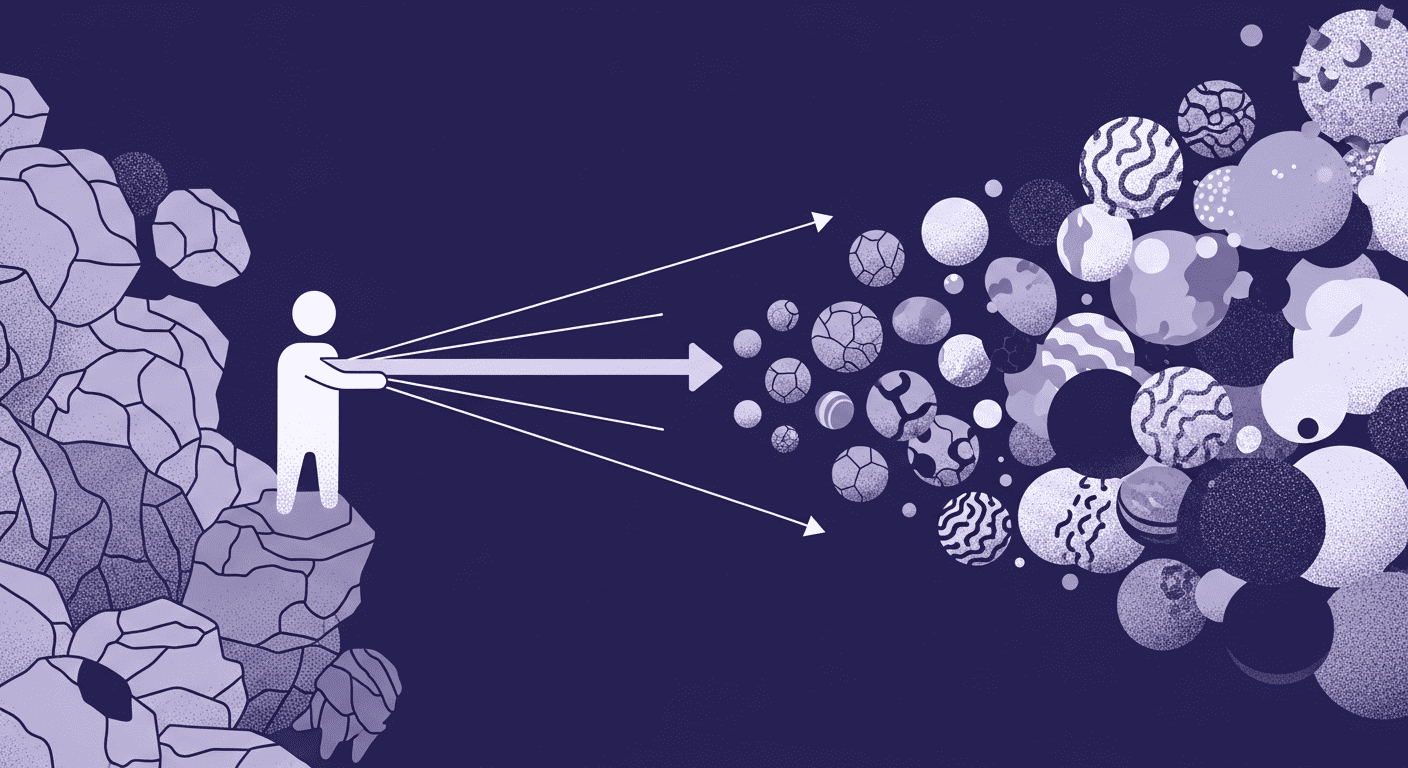How real-time rendering and VR are changing the demand for high quality textures
By Max Calder | 1 June 2025 | 7 mins
Table of contents
Table of Contents
The demand for high-quality textures has never been more significant. With advancements in real-time rendering and virtual reality (VR) technology, industries ranging from gaming and architecture to fashion and education are pushing for hyper-realistic visuals that engage users and create immersive experiences. High-quality, realistic textures are essential in enhancing the depth and realism of these virtual environments, making them feel more tangible and lifelike. In this blog, we’ll explore how real-time rendering and VR are reshaping the demand for high-quality textures, driving innovation in texture creation and physically based rendering (PBR) methods, and setting new standards for visual content creation.

Real-Time Rendering: The Need for Speed and Realism
Real-time rendering is a process that allows 3D environments to be generated and displayed instantaneously as users interact with them. Unlike traditional pre-rendered graphics, which require considerable processing time, real-time rendering makes it possible for users to experience dynamic scenes that respond instantly to changes in lighting, movement, and texture. This capability is transforming fields like gaming, where users expect seamless, photorealistic worlds without lag or delays.
High-quality textures play an essential role in this process. For real-time rendering to work effectively, textures must maintain clarity and detail, even as scenes update rapidly. This need for sharp, realistic textures has fueled the development of new tools for AI texture generation and tileable textures that can cover vast virtual landscapes without seams or inconsistencies.
The Rise of PBR Textures in Real-Time Rendering
Physically based rendering, or PBR, has become the gold standard in creating realistic texture mapping. By simulating how light interacts with surfaces, PBR enables designers to achieve a high level of realism that makes virtual materials look and feel real. In real-time rendering, PBR is especially valuable because it allows textures to respond dynamically to changing lighting conditions, producing visuals that are both consistent and authentic.
For example, in a game environment, PBR textures allow designers to apply normal maps, roughness maps, metallic maps, and ambient occlusion textures to virtual objects, enhancing their realism without significantly increasing rendering times. By integrating PBR into their workflows, designers can create tileable textures that retain high quality and accuracy across large areas, ensuring an immersive experience without performance loss.
Virtual Reality: Raising the Bar for Texture Quality
Virtual reality technology is transforming how we interact with digital content by allowing users to step into immersive, three-dimensional environments. However, for VR experiences to feel real, every detail matters—including the quality of textures. High-resolution textures are crucial for creating believable VR worlds, where users are free to explore up close and notice finer details.
Unlike traditional 3D rendering, VR demands that textures look realistic from multiple angles and distances. This requirement has driven demand for texture creation software that can generate highly detailed, PBR textures capable of simulating depth and intricacy. Tools like Texturly provide designers with AI-driven solutions to create game asset textures and tileable textures for VR environments, ensuring that surfaces look seamless and lifelike.
Moreover, VR places additional strain on hardware, as it requires two simultaneous renderings (one for each eye) to produce a stereoscopic 3D effect. This technical challenge makes it crucial to have optimized, high-quality textures that can enhance realism without causing performance issues. In response, designers are turning to AI-powered texture generation to produce high-fidelity textures that maintain quality under VR’s demanding requirements.
AI-Powered Texture Generation: A Solution to New Demands
With the increased demand for high-quality textures in real-time rendering and VR, designers need tools that can create these textures efficiently. AI-powered texture generation has emerged as a powerful solution, enabling designers to create tileable 3D textures, PBR maps, and other essential textures quickly and accurately.
AI-driven tools like Texturly are capable of creating seamless texture designs by analyzing patterns in a source image and automatically generating tileable textures. This approach not only saves time but also reduces the need for manual adjustments, making it easier to create consistent textures across large-scale virtual environments. By leveraging AI for texture creation, designers can focus on fine-tuning details and enhancing realism, rather than spending time on repetitive tasks.
Industry Applications: Gaming, Architecture, and Beyond
The impact of real-time rendering and VR on texture design extends across multiple industries, each with unique demands and expectations.
Gaming
In the gaming industry, high-quality textures are essential for creating immersive worlds that captivate players. Real-time rendering allows for detailed, responsive environments, while PBR textures ensure that surfaces look realistic regardless of lighting conditions. With AI texture generation, game developers can create tileable textures that maintain high visual quality across open-world maps, enhancing player immersion.
Architecture
For architects and designers, VR provides an invaluable tool for visualizing projects before construction begins. High-quality, realistic texture mapping allows architects to showcase materials like wood, stone, and metal in their natural forms, making VR walkthroughs more impactful. With real-time rendering, architects can modify materials or lighting on the fly, giving clients a more flexible and interactive design experience.
Fashion and Product Design
VR is also revolutionizing fashion and product design by enabling virtual prototypes that closely mimic real-world materials. For instance, PBR textures can replicate the appearance of fabrics, leathers, or metals, allowing designers to experiment with different materials without the need for physical samples. This approach saves time and resources, providing designers with a versatile platform for innovation.
The Future of Texture Design in Real-Time Rendering and VR
As real-time rendering and VR continue to evolve, the demand for high-quality textures will only grow. Emerging technologies, such as AI-driven texture creation software and physically based rendering, are already addressing many of the challenges associated with creating realistic textures in virtual environments. Looking ahead, advancements in AI will likely produce even more sophisticated tools, enabling designers to create detailed textures with minimal manual input.
One exciting development on the horizon is the potential for real-time, AI-powered texture adjustments. This innovation would allow textures to adapt to changing conditions in real-time, enhancing the responsiveness of VR environments. For instance, textures could automatically adjust based on a user’s perspective, ensuring the highest quality at all viewing angles.
Conclusion
The impact of real-time rendering and VR on texture design is undeniable. These technologies have increased the demand for high-quality, realistic textures, pushing designers to adopt new tools and techniques to meet user expectations. From PBR textures to tileable textures that maintain detail across large environments, the standards for texture quality are rising. By embracing AI-powered tools and focusing on realistic texture mapping, designers can stay at the forefront of visual content creation, delivering experiences that captivate and engage users like never before.
Whether in gaming, architecture, or fashion, high-quality textures are essential for creating believable, immersive environments. As real-time rendering and VR continue to advance, designers will need to adopt these trends and technologies to keep up with the industry’s evolving demands. With the right tools and a focus on realism, the future of texture design is brighter—and more exciting—than ever.

Max Calder
Max Calder is a creative technologist at Texturly. He specializes in material workflows, lighting, and rendering, but what drives him is enhancing creative workflows using technology. Whether he's writing about shader logic or exploring the art behind great textures, Max brings a thoughtful, hands-on perspective shaped by years in the industry. His favorite kind of learning? Collaborative, curious, and always rooted in real-world projects.
Latest Blogs

Unlock Ultra-Realism: The Advantages of 6K Textures in Design and...
PBR textures
3D textures

Mira Kapoor
Aug 6, 2025

Top Websites for High-Quality PBR Textures: Free & Paid Resources
PBR textures
3D textures

Max Calder
Aug 5, 2025

Unveiling Future Trends in AI Texture Generation
PBR textures
AI in 3D design

Mira Kapoor
Aug 4, 2025
